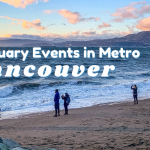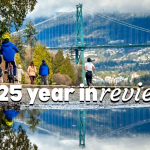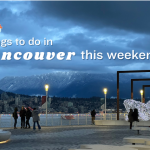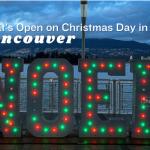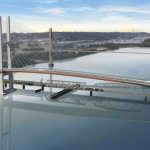After walking around Central Park this morning, I started thinking about Stanley Park back home and that it would be a great time to rustle up a quick history tidbits post.
At 1,000 acres Stanley Park is just slightly bigger than New York’s Central Park (843 acres)
July 27, 1911: The Province reported that one third of Vancouver’s population had passed through the gates of Stanley Park during the week of July 10-16, making it one of the most popular pleasure resorts the Terminal City possesses.†[source]
Stanley Park is named after Lord Stanley who also has a prized hockey trophy named after him. Check out this post I wrote a little while ago with links to some great hockey history.
Plans for gun emplacements in Stanley Park, between Second and Third Beach (near the Pauline Johnson Memorial) up on Ferguson Point were made Juanary 19, 1938. [source]
In 1964 Vancouver’s Mayor Bill Rathie and Park Board Chairman George Wainborn drove the last spike in the Stanley Park miniature railway. [source]

The original Lumberman’s Arch
Related post: Vancouver History Tidbits: Stanley Park Trails & the history series.



